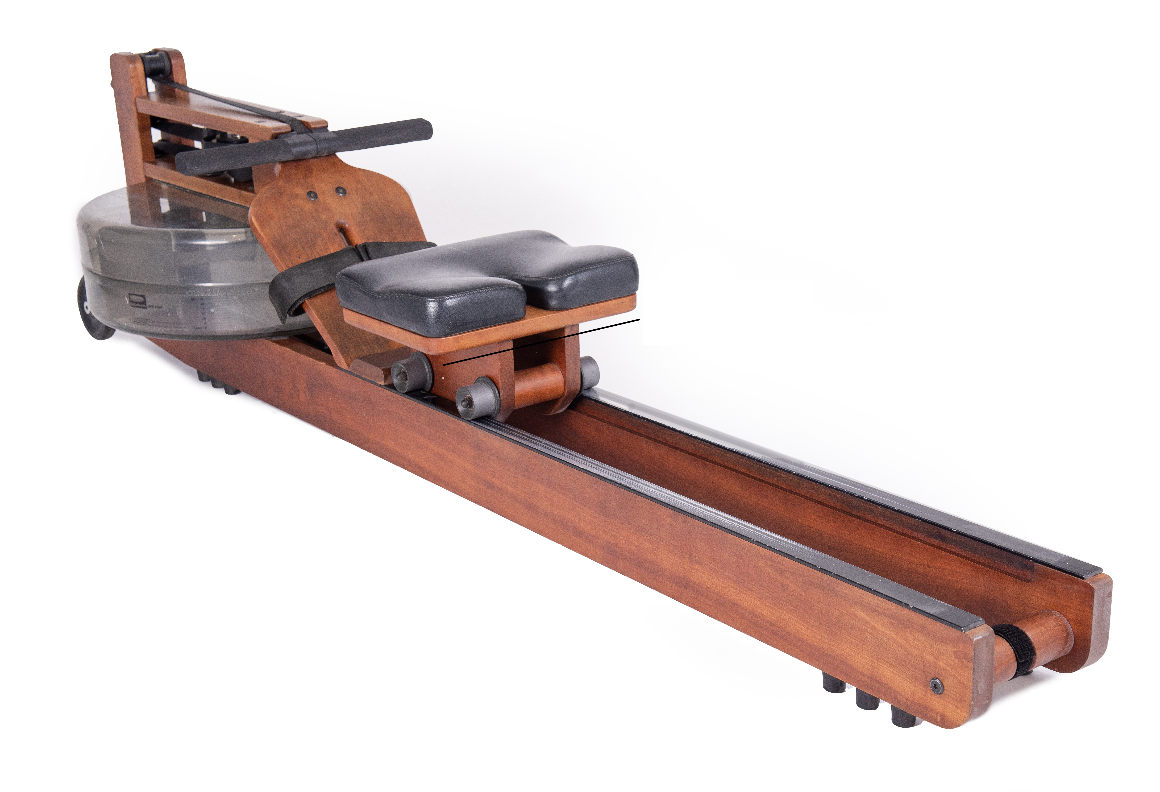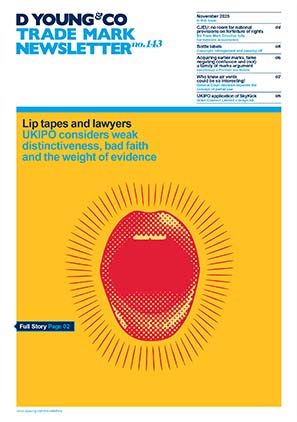Drifting away from EU law? High Court explores tension between originality and artistry in WaterRower v Liking
In a long-awaited judgment, the High Court found that the UK test for copyright subsistence in respect of works of artistic craftsmanship cannot be reconciled with the InfoSoc Directive and Court of Justice of the European Union (CJEU) authorities. As a result, the claimant’s WaterRower machine would have satisfied the EU test for copyright subsistence, but did not benefit from copyright protection under the UK’s Copyright, Designs and Patents Act 1988.
The WaterRower
The focal point of WaterRower v Liking is whether the machine depicted below (including its prototype and variants) should be considered a “work of artistic craftsmanship” under section 4(1)(c) of the Copyright, Designs and Patents Act (CDPA).

Evidence was given by its designer, a former rower with a life-long interest in artistic design and carpentry. The WaterRower was described as a machine that works through water resistance and provides a “welcoming emotional connection” for its user. It was deliberately crafted like a fine piece of furniture, with various hand-made elements, and was featured in publications from the Museum of Modern Art (MoMA) and Architectural Digest.
What is a work of artistic craftsmanship?
Deputy High Court Judge Campbell Forsyth gave careful consideration to this question, bearing in mind that the UK’s “closed category” approach to copyright subsistence is difficult to harmonise with the open-ended EU position.
Under EU law, copyright protects works resulting from their authors’ “own intellectual creation” as an expression of “free and creative choices”, without any requirement of aesthetic or artistic value.
The underlying tension was recently explored in Response Clothing Ltd v Edinburgh Woollen Mill Ltd, where His Honour Judge Hacon noted that any UK requirement for an original work to have “aesthetic appeal” would be inconsistent with the CJEU’s interpretation of Article 2 of the InfoSoc Directive (2001/29/EC).
Response Clothing, following a line of UK authorities, including the House of Lords and Supreme Court’s respective decisions in Hensher and Lucasfilm, found that a work of artistic craftsmanship involves a medium that has been worked with craftsmanship (where the visual appearance involves artistic expression that is not wholly constrained by functional constraints). The assessment is not one that requires value assessments of artistic merits or quality; but “more than eye appeal” is needed: visually appealing aesthetics alone are not enough.
The deputy judge in WaterRower found that, whilst the High Court was under a strong duty of interpretation in respect of the conformity of UK law and the InfoSoc Directive, the conflict could not be reconciled.
The way forward
The deputy judge considered that the definition of a work of artistic craftsmanship could be subsumed within the “open” EU test, and adopted the following approach:
- The court should first consider whether the work is original within the meaning of the InfoSoc Directive: Is it the author’s own intellectual creation, as an expression of free and creative choices? If so:
- The court should apply the section 4(1)(c) CDPA statutory test, interpreted in the context of Hensher and the line of English and related authorities.
The prototype of the WaterRower satisfied the EU test, but not the UK one.
The shape of the prototype was primarily influenced by the need to work as a rowing machine, but it was not solely dictated by its function: there was room for the designer to reflect his personality.
The evidence demonstrated significant effort and skill in the WaterRower’s creation (including in choice of materials, the wooden frame, the nature of the joints and the hand finish), and the prototype was carefully created to preserve and enhance the beauty in the natural wood used in the design.
However, the court determined that the designer “did not have the character of an artist craftsman”, as the WaterRower was not the result of a mind with a desire “to produce something of beauty which would have an artistic justification for its own existence”.
Since copyright did not subsist in the WaterRower, there was no finding of infringement.
Zooming out
The conflict between section 4(1)(c) and assimilated EU copyright law post-Brexit will now need to be resolved by an appellate court; unless the primary legislation is amended, we may see a convergence with or departure from the CJEU standard of originality in relation to works of artistic craftsmanship.
Case details at a glance
Jurisdiction: England & Wales
Decision level: High Court
Parties: Waterrower (UK) Limited v Liking Limited (trading as Topiom)
Citation: [2024] EWHC 2806 (IPEC)
Date: 11 November 2024
Decision: dycip.com/2024-ewhc-2806-ipec

